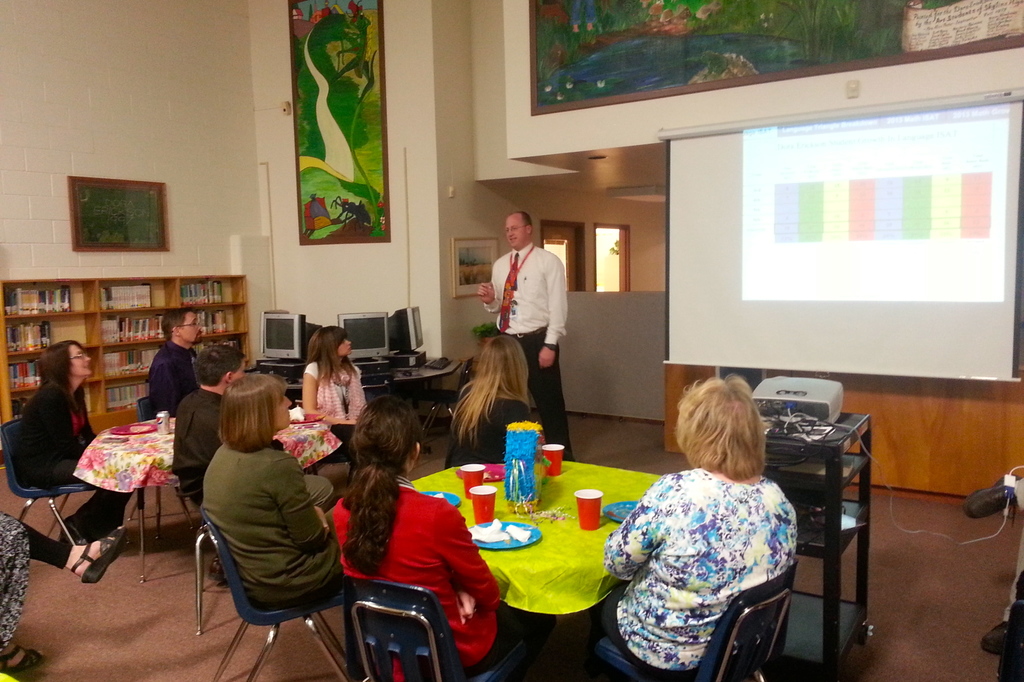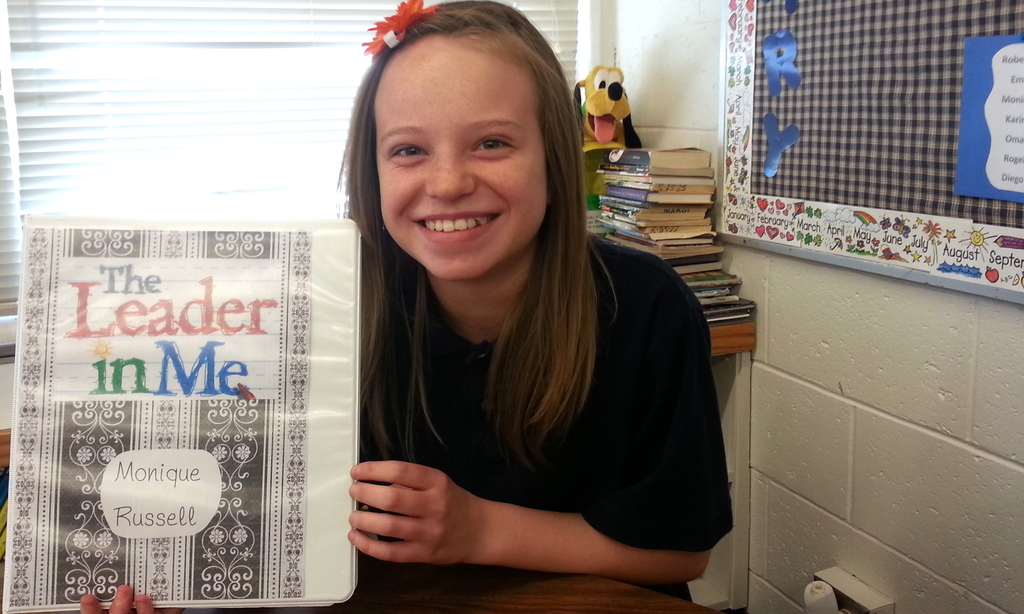With only a third of his students reading at grade level, Principal John Murdoch knew it was time for more leaders and major changes at Dora Erickson Elementary School.
“Last year we knew we weren’t making the mark; we knew we weren’t where we needed to be on our state assessments,” Murdoch said. “So we began researching turnaround schools across the nation to see what they do well.”
The school also faces demographic challenges. Dora Erickson has the highest level of poverty in the Idaho Falls School District, with 90 percent of students on free or reduced lunch.

About 35 percent of the school’s 440 students are English language learners, and the school’s transitional rate of moving in or out its boundaries runs between 40 and 50 percent.
In response to academic performance, the school implemented several of the practices they studied in turnaround schools, including:
- Extending the school day by 30 minutes — at a cost of about $131,000 — to accommodate extra, intensive study sessions in reading and math where students had fallen behind.
- Introducing “The Leader in Me Program,” which is based on author Stephen Covey’s “The Seven Habits of Highly Effective People” and stresses accountability among students and gives them more responsibilities with goals and peers.
- Integrating “The Leader in Me” with the Positive Behavior Interventions and Supports program, which promotes positive behavior and respect, sets expectations for a healthy environment, rewards good behavior and establishes consequences for bad behavior.
“Everybody started off with a clean plate with clear expectations,” school counselor Dave Webster said. “It was a team approach. The school year started a week later for our school, so we spent the first week without students – doing professional development with teachers to build a foundation.”
The school also added a new uniform policy, requiring khakis and solid colored polo shirts.
“Part of our research also shows kids need to be on a level playing field to eliminate distractions so they focus on learning,” Webster said. “It’s really helped calm the school down and make it more focused on education.”
So far, Dora Erickson educators are pleased with the improvements shown in ISAT results. Last year, 29 percent of students tested proficient in math. This year’s early results showed 43 percent proficiency, with below-basic scores decreasing by 4 percent.
In language, the number of below-basic scores decreased by 14 percent this year.
“We all know every student is worth more than test scores, but you can see that excitement in them having just taken that test,” Webster told teachers as the results were announced. “They were just elated.”
Still, the work isn’t finished. Murdoch is targeting 80 percent of students reading at grade level as the school’s next goal.
“This is neat to see (results), but we realize it ‘s all not a quick turnaround,” Webster said. “We need to maintain.”

Many students already understand what Webster and Murdoch are trying to do.
Fifth-grader Monique Russell said the changes have helped her. Monique, who has been at Erickson for three years now, wants to be a veterinarian when she grows up. “The Leader in Me” program has helped her focus. Monique enjoys explaining the definitions behind Covey’s lessons, using words and phrases such as “synergize,” “put first things first” and “think win-win.”
Most of all, Monique said taking on leadership roles and writing regular goal sheets helped her improve.
“I tape it to my desk on Mondays, that way we can look down at our desk and see the goals and say ‘Oh yeah, I have to do that,’” Monique said.
First grade teacher Alice Verner said the extra Walk to Math and Walk to Reading interventions have helped tremendously. Based on how they are doing, students are given a colored card that indicates which group they will be divided into. Then, Verner and the teaching staff are able to different instruction to students who are struggling versus students who are way ahead.
“It let’s us really academically focus on every kid based on where they at it,” Verner said. “And it makes it so nice that you can work together.
Although the decision was controversial and drew parent and student complaints initially, many of the students said moving to uniforms has produced positive results.
“Last year it was different because there was a lot of kids bullying before saying ‘Your shirt’s dirty,’ or something,” fifth-grader Yarely Ortega said. Now they can’t really say that because we all wear the same clothes. I’m doing better because of the school uniforms and I’m a leader now.”
